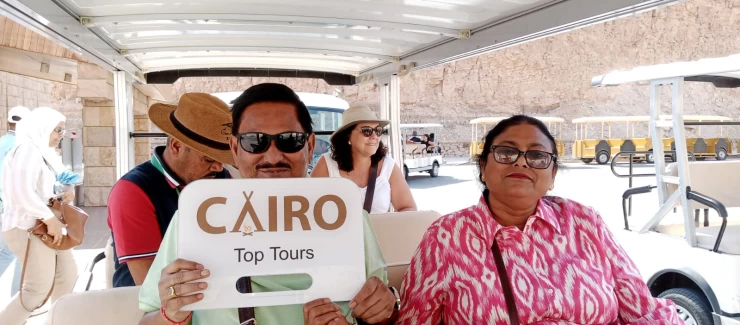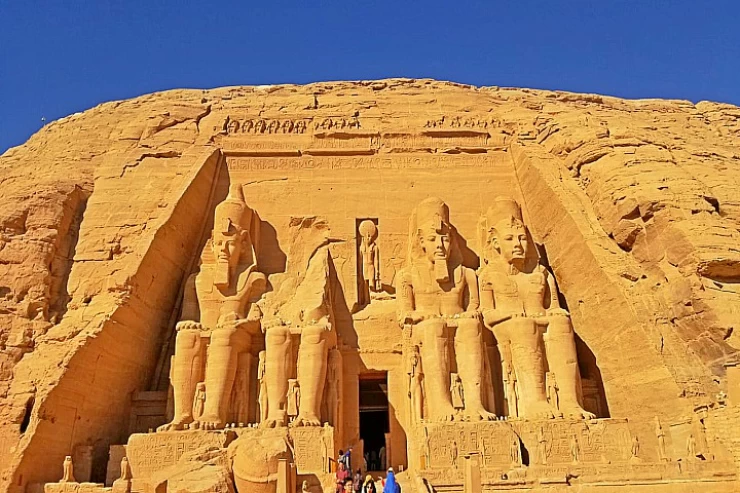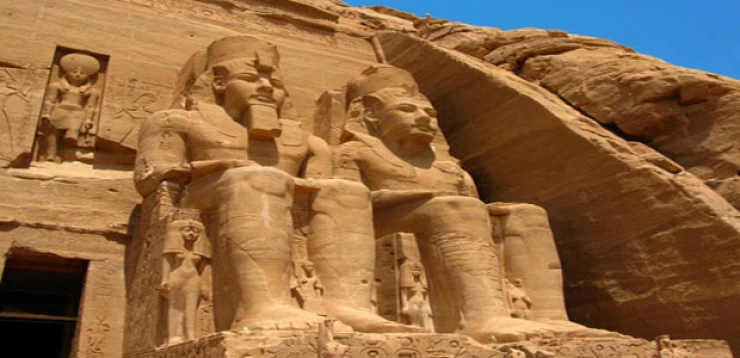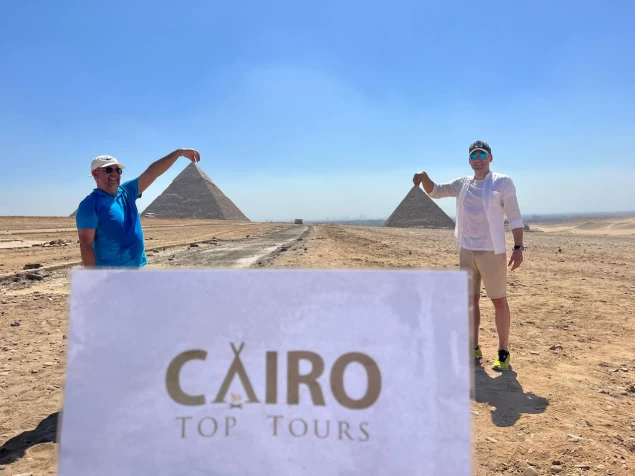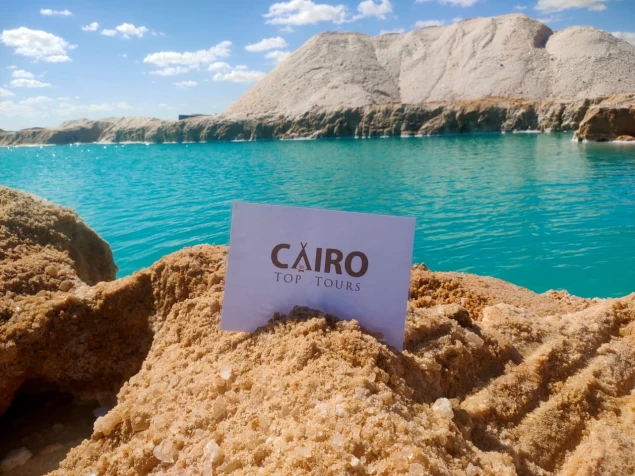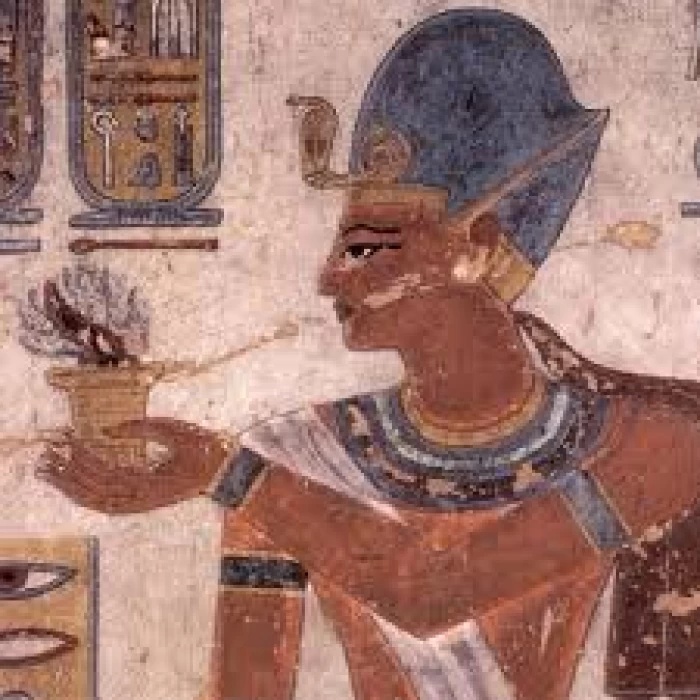
History King Ramses III
Ramses III was the son of Set-nakhti and Queen Te-Meren-ISI. Ramses was assassinated in a conspiracy led by one of his secondary wives (Tiye), their son Pentaur, and a group of high-ranking officials.
His names
Ramses III has two main names, which are shown to the left, and are written in Arabic as follows: WASR-Maat-Ra-Meri-EMN, Ra-ms-s-hekaa-Ono. It means "the mighty with the pious Maat, the beloved of Amun, the Lamb of RA, the Ruler of on".
During his thirty-year reign, the son of King Setnakhti and husband of Queen Isis, continued his father's policies, aiming to restore order following Setnakhti's death.
This reform was carried out by the administrative division into classes: court officials, provincial officials, military, and workers. The country's economy recovered quickly thanks to the huge taxes that arrived from the Nubian and Asian cities, and foreign trade entered a full-fledged, vital stage, up to the Egyptian lands (especially Puntland) elegant and expensive products had a high demand by society. This development and economic development imposed a recovery from the construction fever, the rise of new temples, and the enrichment of existing and existing ones. Foreign policy. During the reign of Ramses III, the Hittite Empire and other less important political entities disappeared, and the whole of the Near East was affected, but without the decisive intervention of Ramses
Ramses III focused on restoring the Egyptian hegemony in foreign policy as before. The complex situation that Asia was experiencing required a forceful response from the Egyptian side: the peoples of the sea ended up with the Hittite Kingdom and also occupied Cyprus and the country of Narina. The Egyptian province of Canaan received constant raids from these invaders, which could reach Egypt itself. During the early years of his rule, the Nile Delta region received an increase in the number of migrants to it due to the search for a better life.
They were defeated by Ramses III in two major land and sea battles. Despite what the Egyptians called them, poor sailors, they fought stubbornly. Ramses was lined up on the shores with rows of archers who continued to throw a constant barrage of arrows at enemy ships when they tried to land on the banks of the Nile. The Egyptian navy then attacked using grappling hooks to tow enemy ships. In the brutal hand-to-hand fighting that followed, the Sea Peoples were completely defeated. Besides, the strengthening of the Palestinian borders was enough to avoid the invasion from the peoples of the sea.
Syria was partially recaptured and four fortified cities included areas on the Euphrates, but the joy of victory lasted a little as, after several years, the land of Canaan was lost forever. The Libyan borders were also dangerous following the organization of the nomadic Libyan population living in that area. In the eleventh year of his reign, the Libyan army made sure to settle in the fertile Egyptian lands, from where they turned to Memphis, and near the city, the battle took place, The Pharaoh was victorious, the number of captives was large, and they were presented as slaves to the temples. As soon as this Eastern threat was suppressed, Ramses went towards Libya, where there was a rebellion, probably motivated by the imposition of the prince, who was educated at the Egyptian court. The Libyan troops were defeated, and the Pharaoh got a lot of prisoners.
His battles
Battle of Deji: during his reign, the dangers of the Sea Peoples who attacked Egypt were renewed, but Ramses III was able to defeat their land forces at the city of Rafah and triumphed over their large ships at the mouth of the Western Nile, and thus he was able to remove a danger no less important than the Hyksos. Battle of the Delta: During his reign, the Libyans aspired to capture Egypt, but Ramses III defeated them near Wadi al-Natrun. One of the papyri describes what Ramses III did to the enemies: "His majesty, they were consumed by the flames of fire spreading in a dense wildfire, and they were thrown to the ground soaked in their blood, and all those who remained alive were taken captive to Egypt.» The initial Harris papyrus (grants and missions)
The great papyrus of Harris or the first papyrus of Harris, commissioned by his son and chosen successor Ramses IV, chronicles the enormous gifts of this king of lands, golden statues, and colossal constructions to various temples of Egypt in PI Ramses, on, MANF, Athribis, Hermopolis, Theseus, Abydos, Koptos, El-kab, and other cities of Nubia and Syria. It is also recorded that the king sent a trade mission to the Punt country and extracted copper from his mines at Timna in Southern Canaan. Most notably, Ramses began the reconstruction of the temple of Khonsu in Karnak from the bases of an earlier temple built by Amenhotep III and completed the temple of the city of Habu around the twelfth year of his reign.
He issued orders for the construction of important outbuildings in the temples of Luxor and Karnak, as well as the funerary temple and Administrative Complex in the city of Habu, The state of uncertainty during the reign of Ramses III was present in the large fortifications built to protect him, and no Egyptian temple located in central Egypt had previously been overrun. There are buried, according to legend, the members of the Cosmogony (hermopolitana), who received worship until the arrival of the Roman emperors. His tomb (KV11) is one of the largest tombs in the valley of the Kings (Bab el-Molok), which is very elegant, and is one of the faithful and faithful scenes of traditional Egyptian art.
The strike in Deir el-Medina
The community working in the royal tombs (located in what is known as the Medina monastery) developed three strikes during the reign of Ramses III These were the first documented strikes in human history, some of which are in a papyrus currently preserved in the Egyptian Museum of Turin. The strikes arose because of the delay in food rations (in Egypt, the coin was not minted until the thirtieth dynasty, in the IV century BC), which were part of the salaries of workers. The workers endured more than twenty days without receiving food because the governor of the eastern city of Thebes and his followers intercepted the shipment before it reached them, and after four months, the conflict was renewed, the delivery of food was again postponed eighteen days, and the workers had to demand what was theirs. But they received insufficient food. And so they stopped working, and went to the temple of Thutmose III in the city of Habu, where they filed their complaint, which demands to inform the king himself and inform him of this: "We are hungry and he has spent eighteen days of this month.... We came here driven by hunger and thirst; we have no clothes, oil, or vegetables. Write this to the Pharaoh (our supreme master) and the vizier (our president) and ask him to give us our livelihood" the priests had to endure serious and laborious negotiations and intermittent strikes, and although it is not known for sure what the outcome of the situation, they do not know that from that moment the thefts in the cemetery increased.
Conspiracies
Tranquility and tranquility were the frustration of the intrigues that faced the pharaoh in the last period of his life. The vizier of the town of Atrub tried to end his life, but Ramses III managed to survive safely and soundly. The second wife (Thea) tried again to return her son to the throne line, and despite the support of senior royal court officials, the plot seems to have failed because he found out at the last moment, and the conspirators were arrested and brought to justice. shortly after, Ramses III died, leaving the throne of Egypt in a state of great weakness, and it was rumored that his death was due to his conspirators, according to recent research, as evidence of violence appears on his mummy: the presence of a sacrificial wound. Ramses IV (the son of King Ramses III by Queen ISIS) took over the reign after Ramses III was killed and decided to close the matter because of the coronation and announced a general amnesty, but failed to stop the decline of royal power.
Genetic study
In December 2012, a genetic study conducted by the same researchers who deciphered King Ramses III found that he belonged to haplogroup E-M2, which is also known as haplogroup E1b1a.







